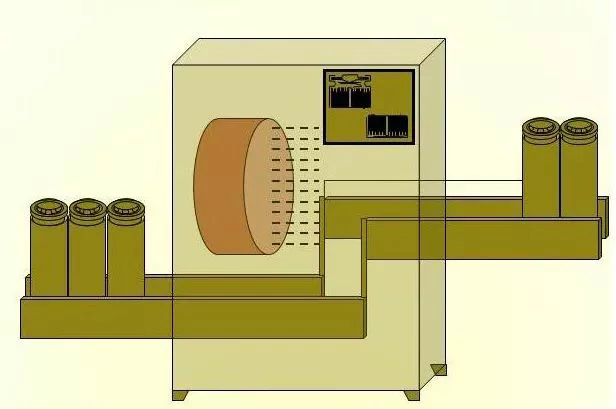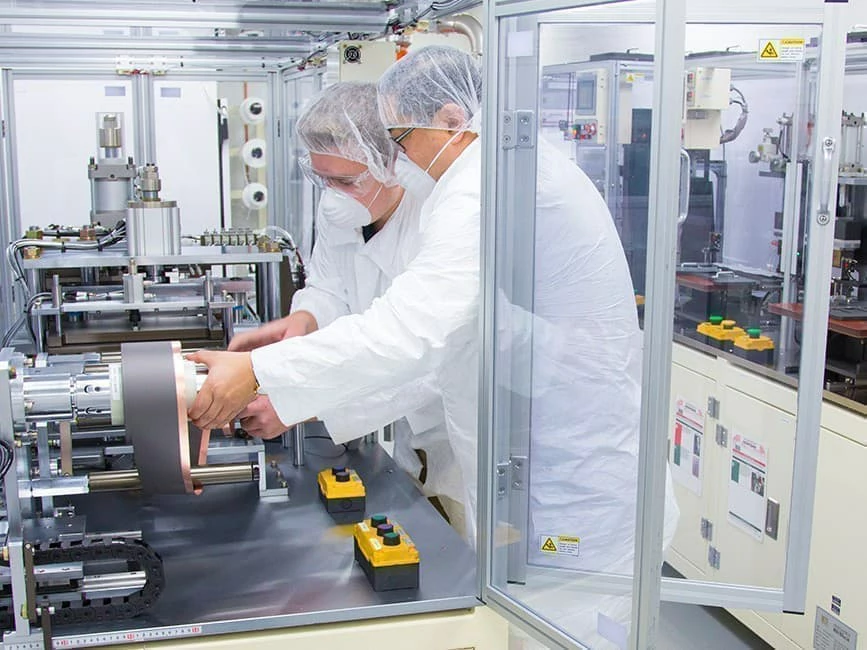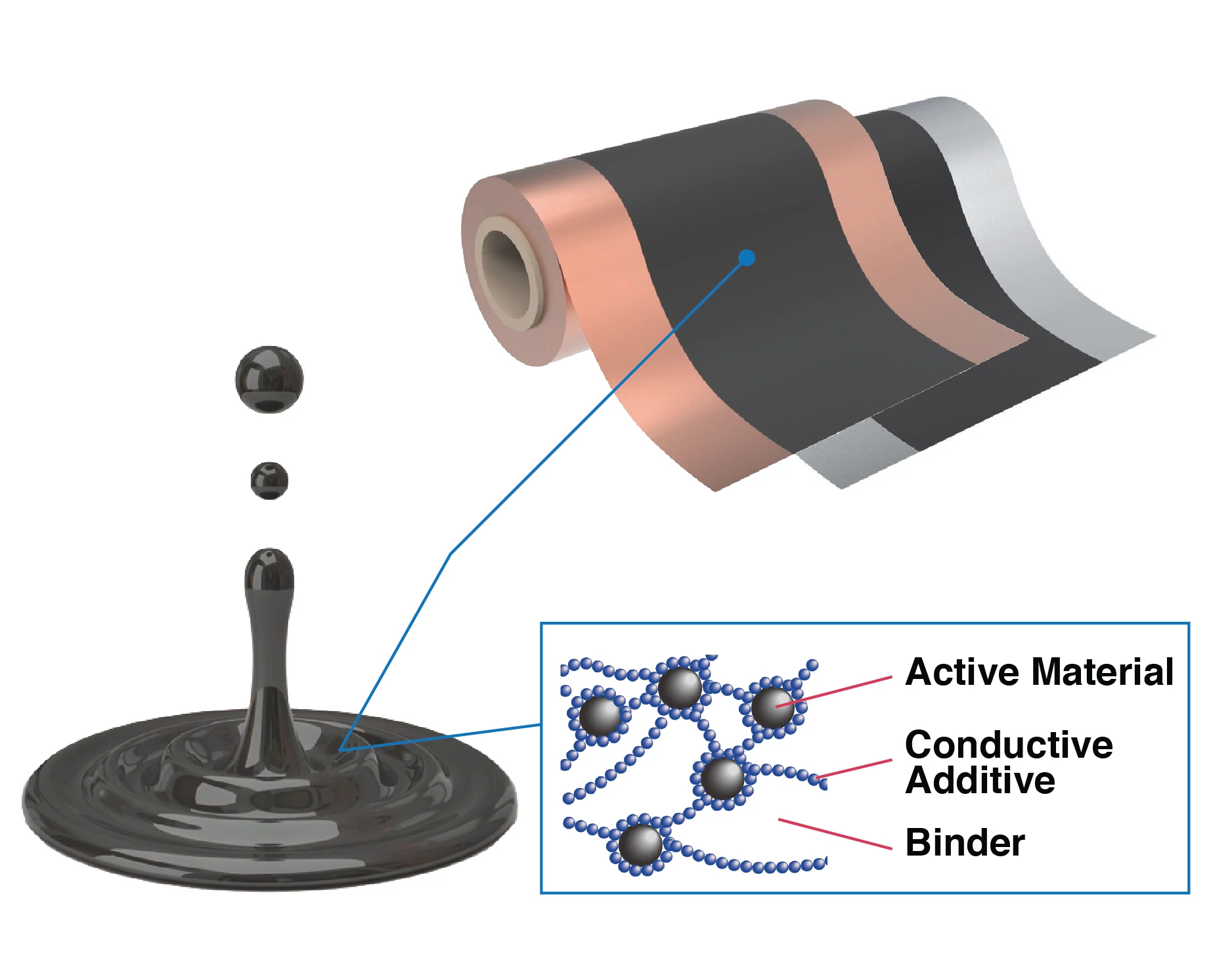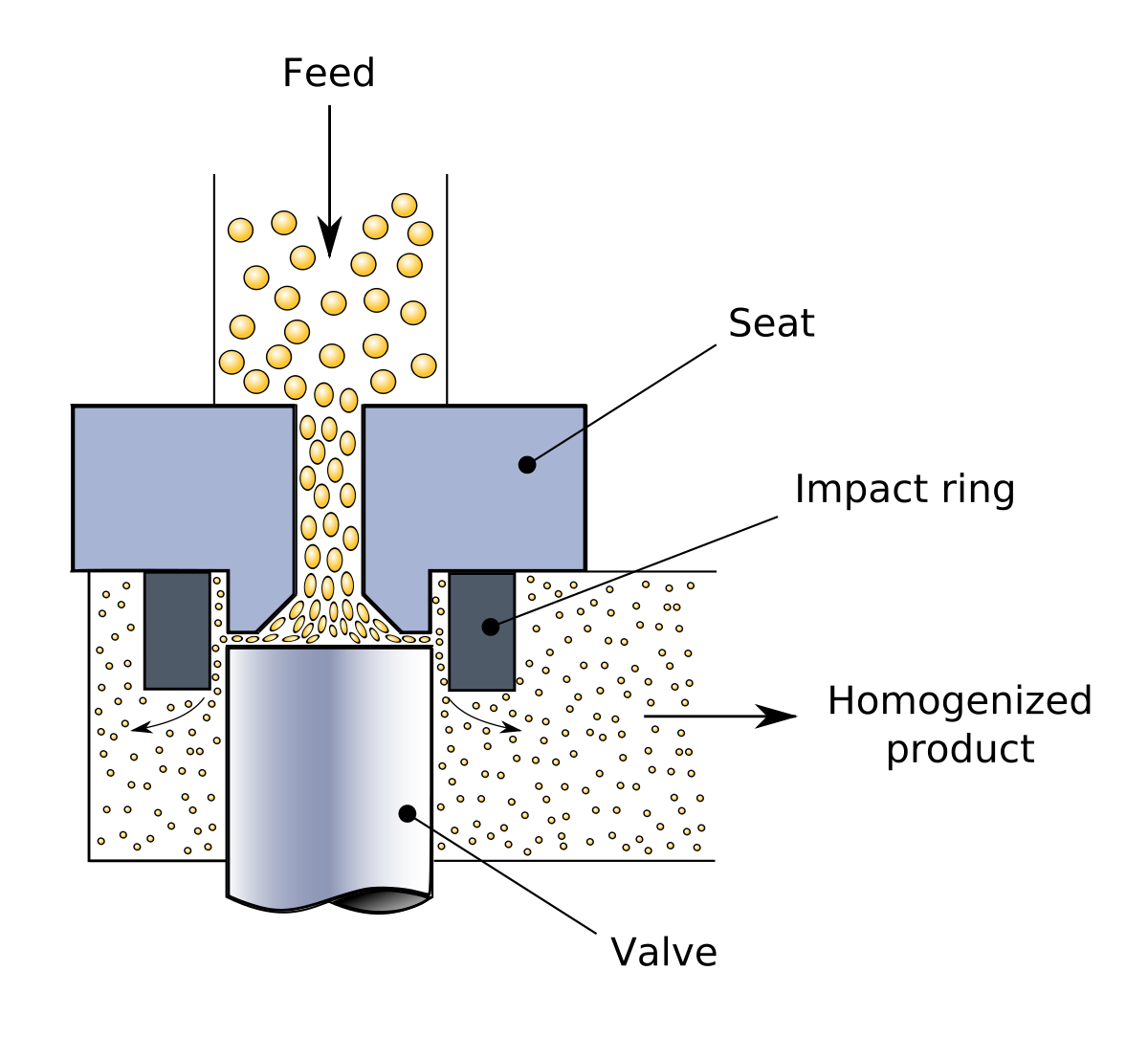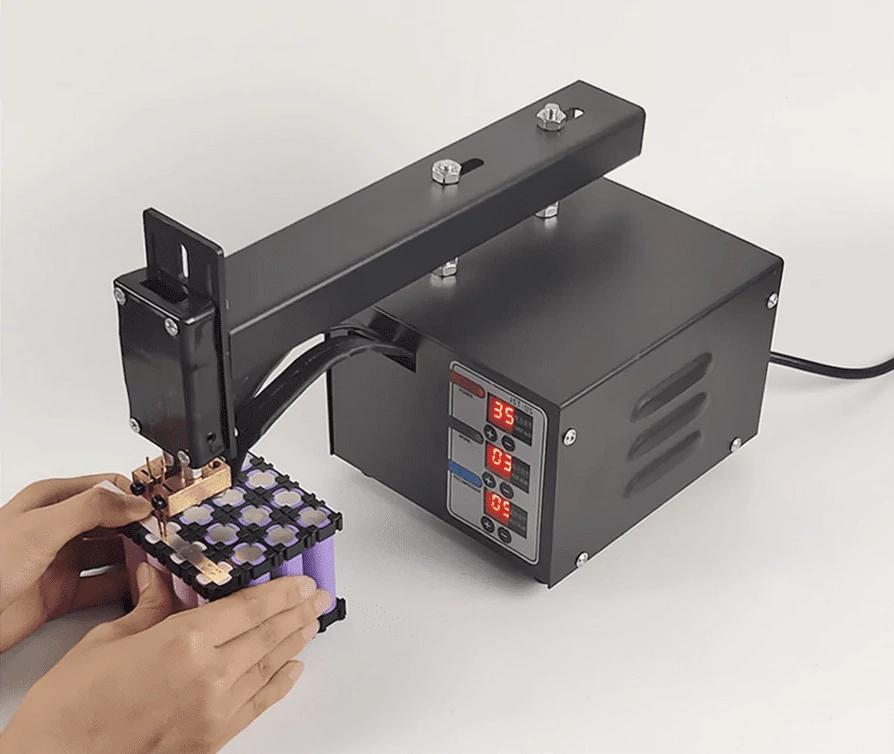Motorcycle Battery Cleaning Processes
main content
Motorcycle battery cleaning processes directly impact electrical efficiency, safety, and lifespan by removing harmful residues from electrodes and casings. This guide explains contamination risks, chemical-mechanical cleaning methods, and quality benchmarks for high-vibration, high-power battery systems.
1. Contaminant Types and Risks: Why Precision Cleaning Matters
Residual pollutants degrade battery performance, especially under motorcycle-specific stress conditions.
Critical Contaminants & Impacts
Lubricant residues: Stamping oils (e.g., fatty acid esters) on electrode surfaces increase internal resistance by 0.1 mΩ per ppm, reducing energy output.
Metal particles: Copper/aluminum debris from machining can puncture separators, causing self-discharge rates >0.5 mV/day—exceeding failure thresholds.
Oxide layers: Unremoved Al₂O₃ on terminal tabs weakens weld joints by ≥30%, risking fracture during vibration (per SAE J2980).
Motorcycle-Specific Challenges
Frequent start-stop cycles and shock loads amplify contamination effects:
Electrode delamination: Oil films hinder lithium-ion diffusion, accelerating capacity fade.
Thermal runaway risks: Metallic impurities trigger localized overheating in 18650 cells.
2. Cleaning Standards: Metrics for Reliable Battery Assembly
Industry protocols define strict cleanliness thresholds to ensure operational stability.
Surface Purity Requirements
Anodes: Carbon residue ≤5 ppm; porosity maintained at 50–60% for graphite electrodes.
Cathodes: Metal contaminants ≤1 ppm; LiFePO₄ porosity optimized to 30–40%.
Casings: Post-cleaning roughness ≤Ra 0.8 μm to prevent electrolyte pooling.
Process Control Parameters
Moisture content: ≤2,000 ppm after drying to maximize electrolyte wettability.
Solvent selection: Polar solvents (e.g., acetone) dissolve non-polar oils without corroding aluminum.
Ultrasonic cleaning: 40 kHz frequencies dislodge submicron particles from electrode pores.
Advanced Techniques for High-Reliability Batteries
Multi-Stage Cleaning Workflows
Degreasing: Alkaline solutions (pH 10–12) hydrolyze ester-based oils at 60°C.
Rinsing: Deionized water (≤5 μS/cm conductivity) removes ionic residues.
Drying: Infrared heating reduces moisture to ≤500 ppm in N₂-filled chambers.
Quality Validation Methods
XRF spectroscopy: Detects metal contaminants down to 0.1 ppm.
Contact angle tests: Confirm surface energy >72 mN/m for uniform electrolyte coating.
Pressure decay tests: Verify seal integrity after casing cleaning.
Why Cleaning Precision Defines Motorcycle Battery Success
Cycle life: Properly cleaned LiFePO₄ cells retain >80% capacity after 2,000 cycles at 25°C.
Safety compliance: ISO 12405-4 mandates ≤0.1% foreign matter in automotive-grade cells.
Cost savings: Reducing rework rates by 15–20% through automated inline cleaning.
By integrating contaminant-specific removal strategies and real-time monitoring, manufacturers achieve the rigorous cleanliness standards demanded by high-performance motorcycle batteries—ensuring reliability across extreme temperatures, humidity, and mechanical shocks.

START-STOP LITHIUM battery
Enov start-stop battery is designed to provide excellent performance for high-demand start-stop vaehicles. It adopts the third-generation intelligent lithium platform architecture to achieve technological breakthroughs in core indicators such as cycle life, environmental adaptability and energy density. Compared with the traditional lead-acid battery system, the energy efficiency is increased by 210%, the cycle life is extended by 8-10 times, and the monthly self-discharge rate is controlled within 3%. Enov's unique low-temperature battery technology makes a breakthrough in achieving stable output in the whole climate domain from -30℃ to 65℃, maintaining more than 90% of the effective capacity release under extremely cold conditions (-30℃), and maintaining 90% of the capacity in high temperature environments (65℃).
The start-stop battery series products cover the mainstream voltage platform of 12V/24V/48V, and support flexible configuration of LFP (lithium iron phosphate) and NCM (lithium nickel cobalt manganese oxide) dual-material system. All models adopt modular design to support customization of different model specifications. Enuo engineering and technical team to provide full cycle technical service support, if you need, please contact us.
Other products
UAV BATTERY
LITHIUM ENERGY STORAGE BATTERY
QUICK INQUIRY
FAQ
Access to high frequency technical questions with one click, get accurate answers on product application, after-sales policy and customization process.
Service and Support
Get the latest product specifications, explore professional OEM/ODM customization services, click to open exclusive technical support and production solutions.
Become a Partner
We sincerely invite resources to interconnect, work together for win-win development, and immediately open a new chapter of strategic cooperation!
